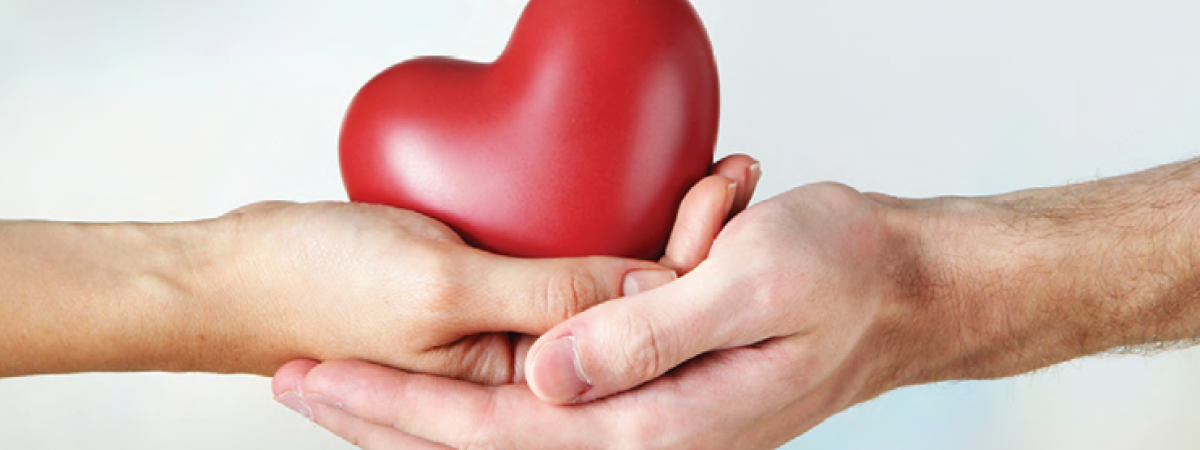Blood and organ donation: past, present and future
published in Reader's Digest,
21 December 2017

The ghosts of Christmases past, present and future gave Scrooge the chance to change his ways and extend sympathy and charity to others. When it comes to blood and organ donation, can glimpses of Christmases past and present also speak to the soul—and recruit more donors for the future?
Christmases past
Christmas 1914 and the world was at war (though there was momentary peace as a truce was called for the day). Coinciding with this dark time came a breakthrough in blood donation. Scientists had discovered how to match one person’s blood with another, through discovery of blood groups A, B and O (Karl Landsteiner was the hero here. He lived and worked at a similar time to Einstein yet few have heard of his amazing work); and also a way to store blood and stop it from clotting, to allow its safe transport between patients
On November 14, 1914, the first transfusion of stored blood was performed. By 1918, blood transfusion was used to treat many injured soldiers. One surgeon later wrote that “this great stride forward in the technique of blood transfusion coincided so nearly with the beginning of the war that it seemed almost as if foreknowledge of the necessity for it in treating war wounds had stimulated research”. It seems that war’s only silver lining is to advance medical understanding.
Fifty years later, shortly before Christmas 1967, the world awoke to a different medical breakthrough. At 5:52am on Sunday December 3, South African surgeon Christiaan Barnard completed the world’s first ever successful human heart transplant (though the patient died 18 days later).
Christmases present
This Christmas, James Tottle marks 20 years since his life-saving heart transplant. In his words, he’s had “twenty years of tomorrows with someone else’s heart inside me”. He celebrates the gift of life through music with his pop band Gifted Organs (every member has had a transplant, including heart, lung and liver).
This Christmas little Elliot Livingstone, 4, celebrates his second anniversary since receiving a new heart; 8-week-old Charlie Douthwaite recently underwent a heart transplant—he remains in hospital.
457 people died waiting for an organ last year
Yet for more than 6,000 people in the UK, this Christmas will be spent waiting for an organ donor; 457 people died waiting for an organ last year. Award-winning author Maylis de Kerangal describes how it must feel for those on the waiting list: “waking up each morning wondering if their place on the list has shifted…people who can’t even conceive of a future and are living constrained lives, stranded by the state of their ailing organ.”
When it comes to blood donation, Ian Trenholm, Chief Executive at NHS Blood and Transplant, has made an urgent call for donors this Christmas, explaining that blood stocks fall during the colder months “due to a combination of bad weather disrupting sessions and donors being struck down with colds and flu”.
Christmases future
Sounding like something from science fiction, scientists are turning human skin cells into blood cells in the laboratory in an attempt to boost blood supplies. Artificial pumps and stem cells, meanwhile, are making an appearance as alternatives to heart transplants.
For now, though, blood and organ donors need to keep coming forward. Every blood donation can help up to three people; one organ donor can save or improve as many as nine lives. A recent change in blood donation rules has given more people the chance to donate. I myself am still excluded; can you give the best gift of all this Christmas?
Inset quote: It seems that war’s only silver lining is to advance medical understanding
This piece was first published here in Reader’s Digest, December 2017
